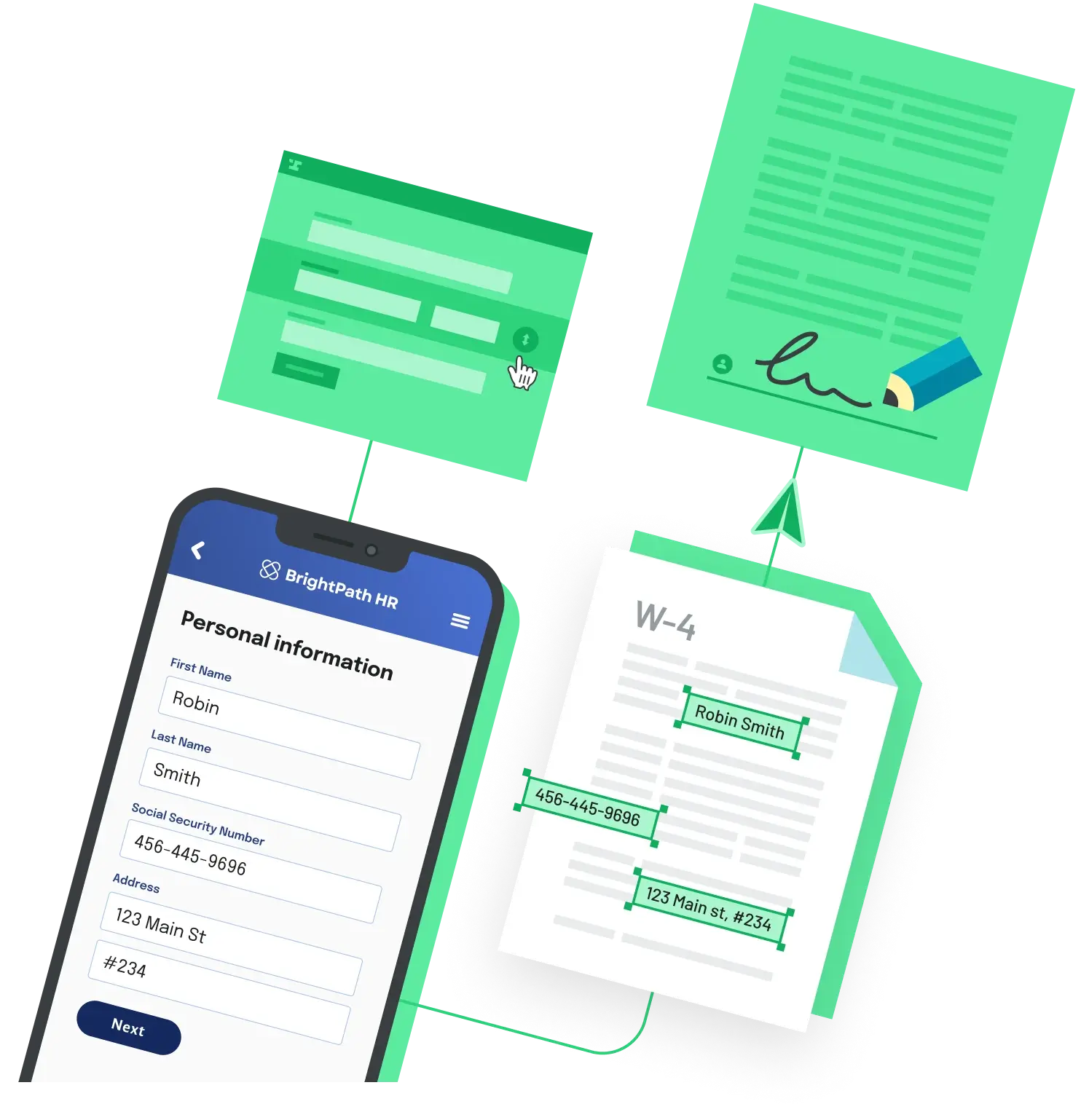Paperwork is everywhere in insurance—policies, claims, compliance reports—and while it’s essential, it’s also one of the most time-consuming parts of the job. Example: product, developer, and ops' teams spend weeks coordinating & setting up form workflows, only to repeat the process every time a form changes (which happens often—there were 730 policy form updates in 2023). That means scrambling to update systems, re-testing everything, and training people—again.
This constant cycle eats up resources and creates hidden costs:
- Teams spend 22% of their time on manual, repetitive tasks like re-entering data.
- Context switching between tools and systems can reduce productivity by up to 40%.
- 15–30% of operating expenses are tied to admin tasks like compliance checks and fixing paperwork errors.
- The industry could save $200–360B over just a few years by automating form workflows.
And it’s not just internal pain—slow paperwork leads to slower quotes, delayed claims, and frustrated customers.
Manual processes are error-prone and a nuisance to scale, while custom-built tools take longer + go over budget to develop, and require ongoing maintenance. Developers don’t want to be hardcoding PDFs. Ops teams don’t want to chase missing form fields. Agents don’t want to spend time asking customers for correct data. Nobody wins.
You have options:
- Workflow automation and RPA can handle repetitive tasks like data entry, approvals, and signatures.
- Low-code/no-code platforms let PMs and ops teams build or update forms without engineering bottlenecks.
- Document generation APIs automate form creation, population, and storage—no broken templates, no outdated PDFs.
Tools like Anvil combine all of the above into a single platform, making it simple to keep up with changing requirements without draining developer time.
Takeaway
Insurance paperwork is time-intensive because the systems supporting it are outdated. With the right tools, your team can automate the grind, move faster, and focus on what actually matters—serving customers and growing the business.
Back to All Questions
